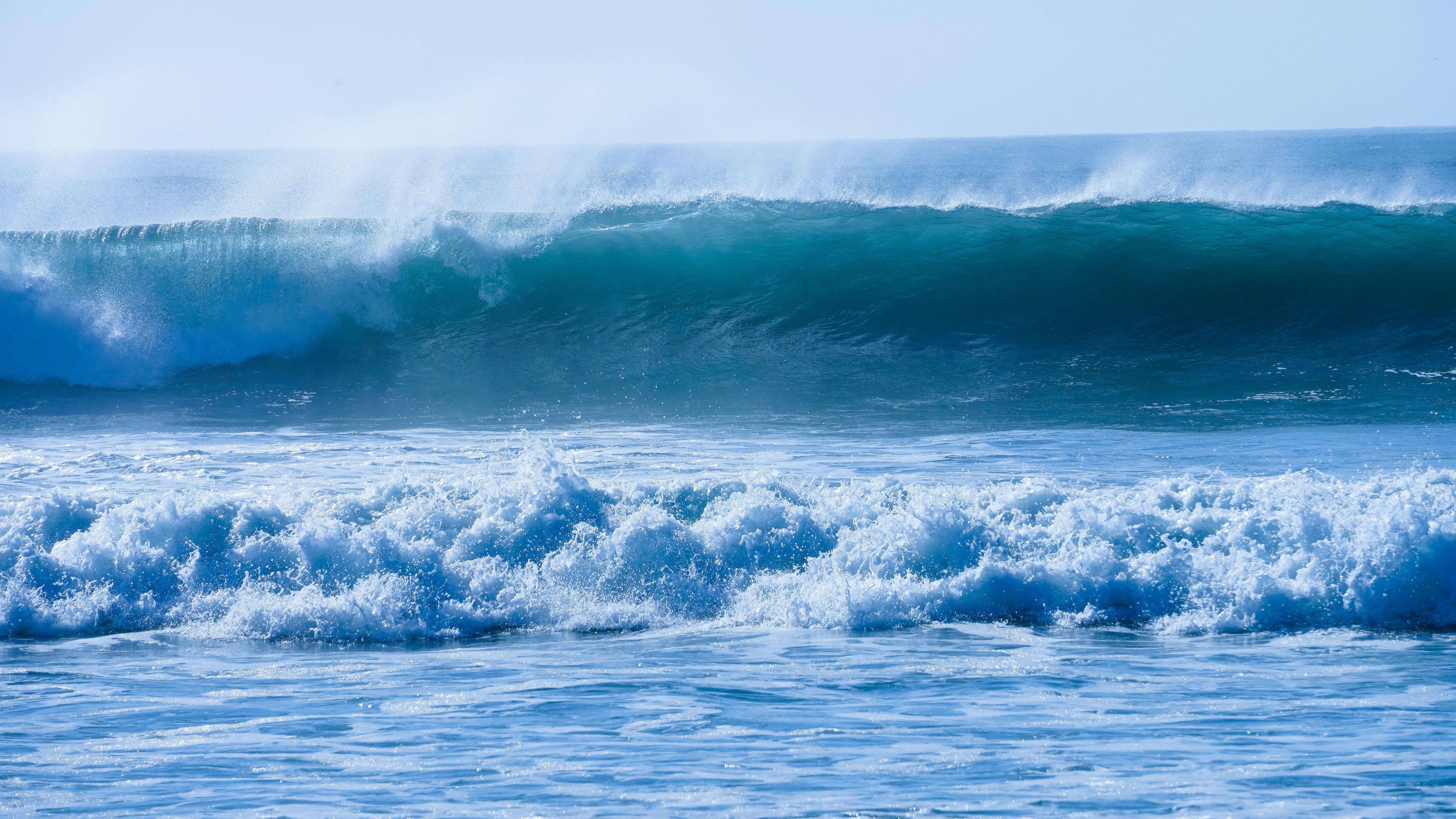Smart Ways to Wash Your Hat in 2025 for Best Results
Hats are an essential accessory in our wardrobes, providing both style and protection from the elements. However, they can accumulate dirt, sweat, and odors over time. Knowing how to wash a hat properly is vital for maintaining its appearance and extending its lifespan. In this guide, we’ll explore effective methods for washing and preserving your favorite hats, including baseball caps, wool hats, snapbacks, and more.
From hand washing to machine washing, you'll learn the best practices tailored for different materials. Additionally, we'll address common hat care mistakes and provide tips to prevent shrinking and fading. So whether you’re a hat collector or just starting, this guide will ensure your hats stay fresh and clean. Let’s dive into the best ways to clean hats effectively!
Key Takeaways: - Understanding the different hat materials is essential for effective cleaning. - Hand washing and gentle detergents are often recommended for delicate fabrics. - Proper drying techniques can help maintain the shape and durability of your hats.
Understanding Different Types of Hat Fabrics
Before you wash your hats, it's crucial to understand the various materials they are made from. Different fabrics require different cleaning approaches to ensure they maintain their structure and style.
Cotton Hat Care Techniques
Cotton hats are popular for their comfort and breathability. When it comes to cleaning, they can usually handle a machine wash but should be treated with care. Use cold water and a gentle detergent to avoid colors fading. Additionally, remember to check the inside for any removable hat liners which can be washed separately.
Wool Hat Cleaning Methods
Wool hats, including beanies and merino wool styles, demand more attention. Hand washing is generally recommended to prevent shrinking, using a gentle wool detergent. Focus on spot cleaning for stains rather than soaking the entire hat. After washing, reshape and air dry to preserve their structure.
Synthetic Hat Cleaning Solutions
Synthetic materials such as polyester and nylon are durable and can be machine washed. However, ensure that you select a fabric-safe detergent. To maintain the hat's fit, it’s best to use a gentle cycle and air dry afterward. High heat can warp the fabrics, leading to permanent damage.
Cleaning Specialty Hats
Hats with embellishments or unique structures require special care. For example, visors may need to be hand washed to avoid damaging the internal wiring. Likewise, vintage hats often benefit from gentle cleaning products or dry cleaning services to prevent degradation.
With a solid understanding of the different fabrics, we can now explore practical washing techniques that suit each type of hat.
Effective Washing Techniques for Hats
Washing hats isn't just about tossing them in the laundry. The method you choose can impact the durability and appearance of your headwear. Below are the most effective techniques.
Hand Washing Hats: The Bucket Method
The hand wash bucket method is gentle and highly effective for cleaning all types of hats, especially those made of delicate fabrics. Fill a bucket with cool water and add a small amount of fabric-safe detergent. Submerge the hat and gently agitate the water to clean it. Rinse thoroughly with cool water to avoid detergent residue, and reshaping the hat as it dries will help maintain its form.
Machine Washing Hats: Do's and Don'ts
If you're opting for machine washing, it's essential to take precautions. Always use a laundry bag to protect the hat's shape. Set your washer to a gentle cycle using cold water and a mild detergent. Never wash hats with heavy clothing to avoid crushing them. After washing, let the hat air dry by placing it on a towel and avoiding direct sunlight.
Cleaning Hats with Embellishments
Many hats feature embellishments that require special cleaning techniques. For instance, avoid washing beaded or sequined hats in machines as they may get damaged. Spot cleaning with a damp cloth and mild soap can effectively remove stains without compromising the design. Always refer to the specific cleaning instructions for embellished headwear.
Stain Removal Techniques for Hats
When tackling stains, it’s vital to act quickly. For sweat stains, a mix of vinegar and water can work wonders. Apply the solution to the affected area and gently scrub with a soft brush before rinsing. For tougher stains, consider a more specialized cleaning product formulated for hats, but avoid any harsh chemicals that may cause discoloration.
Now that you have washing techniques down, let’s explore some handy laundry tips specific to maintaining your hats.
Laundry Tips for Hats
Applying certain laundry tips can significantly improve the effectiveness of your cleaning endeavors while preserving your favorite headwear.
Tips for Washing Fitted Hats
Fitted hats can easily lose their shape during washing. To prevent this, hand wash using the gentle method we discussed earlier, or use a washing machine's cap frame. This will help them retain their design while being cleaned. Always reshape fitted hats after washing to keep them looking brand new.
Drying Techniques to Preserve Shape
Proper drying is crucial for maintaining a hat’s structure. Never toss a hat in a dryer as the heat can warp its shape. Instead, air dry it by placing it upside down on a clean towel. This allows moisture to drain out while preserving its unique shape.
Preventing Hat Shrinking
Hat shrinkage is a common issue, particularly for wool and cotton hats. To prevent this, always wash them in cold water and avoid using hot dryers. After washing, always reshape your hat and allow it to dry naturally in its shape.
Avoiding Hat Damage During Washing
To reduce the risk of damage, always pre-treat areas of heavy soiling before washing. Use a gentle scrub and check for any requirements specific to your hat's fabric. Reading care labels is also essential; they provide tailored advice for keeping your hats in top condition.
Being equipped with these laundry tips, we can move on to important advice for maintaining your hats post-wash.
Post-Wash Hat Maintenance
Cleaning your hats is just the beginning; proper maintenance plays a critical role in ensuring they last. Here are essential strategies for hat care post-washing.
How to Store Hats After Washing
After washing, proper storage is vital to keeping your hats in great shape. Always store hats in a cool, dry place to prevent mildew. Use hats boxes and avoid stacking them to prevent deformation. If you have fitted hats, try using hat racks or stretchers to maintain their shape.
Keeping Hats Fresh Between Washes
To limit the frequency of washing, consider using lint rollers to remove any surface dirt and dust between cleans. For odors, gently spray a diluted solution of vinegar and water inside the hat and allow it to dry completely. This practice is particularly effective for cloth hats and ensures they maintain that fresh smell.
Identifying When to Clean Your Hats
Hat cleaning frequency can depend on how often you wear them and the environments they are exposed to. For example, if you wear a hat during sports or hot weather, cleaning every couple of weeks is advisable. Keep an eye out for known stains or odors as a signal to give your hat a wash.
Keeping Colors Vibrant
To prevent fading and maintain color vibrancy, always wash hats in cold water and avoid harsh sunlight during drying. You might also consider using color-safe detergents specifically designed for colored fabrics. These considerations will help preserve the hat’s original hue.

Expert Recommendations for Hat Cleaning
Consulting experts can provide additional insights and methods that may not be widely known but can improve your hat cleaning process.
Choosing the Right Detergent
Opting for a fabric-safe detergent is crucial. Products designed for delicates will generally provide the best results for cleaning hats. Avoid using bleach or strong chemicals; instead, look for gentle, plant-based detergents that are effective yet safe.
Checking Fabric Labels Before Cleaning
Each hat’s care label offers essential information regarding washing instructions. By understanding the specific needs of your hat based on its fabric type, you can select the appropriate cleaning method and avoid accidental damage.
Utilizing DIY Cleaning Solutions
DIY cleaning solutions, such as vinegar and baking soda mixtures, can be both effective and gentle for cleaning hats. These household products can efficiently tackle stains and odors while avoiding the harshness of commercial cleaners. Always dilute these solutions with water to prevent fabric damage.
Professional Hat Cleaning Services
When in doubt, investing in professional hat cleaning services can enhance longevity, especially for designer or specialty hats. These services have the expertise and proper cleaning agents to care for high-end fabrics without risk of damage.
With all of these expert tips in hand, you’re now ready to tackle hat cleaning like a pro! Understanding the correct techniques and caring for your hats can significantly enhance their longevity and appearance.
Q&A Section: Common Questions About Hat Care
Q: How often should I wash my hats?
A: The washing frequency depends on how much you wear them. For hats subject to dirt and sweat, aim for every 2-4 weeks.
Q: Can I machine wash all types of hats?
A: Not all hats are machine washable. Always refer to the care label for specific instructions concerning the fabric type.
Q: What’s the best method for removing sweat stains?
A: A mixture of vinegar and water can effectively treat sweat stains. Apply it gently to the stained areas before washing.
Q: Do I need a special detergent for hats?
A: Yes, using a fabric-safe detergent will prevent damage to the material while still effectively removing dirt and odors.
Q: What’s the best way to dry my hats?
A: Always air dry your hats in their natural shape. Avoid direct sunlight and do not use a dryer to prevent warping.
With proper knowledge and care, your hats can remain clean, stylish, and long-lasting. Maintaining your hats with these washing techniques and care tips will ensure they continue to protect you from the sun and wind while looking great.

